Rooting for Home, for Mother Earth- Gitesh’s Ladakh Family Trip Review
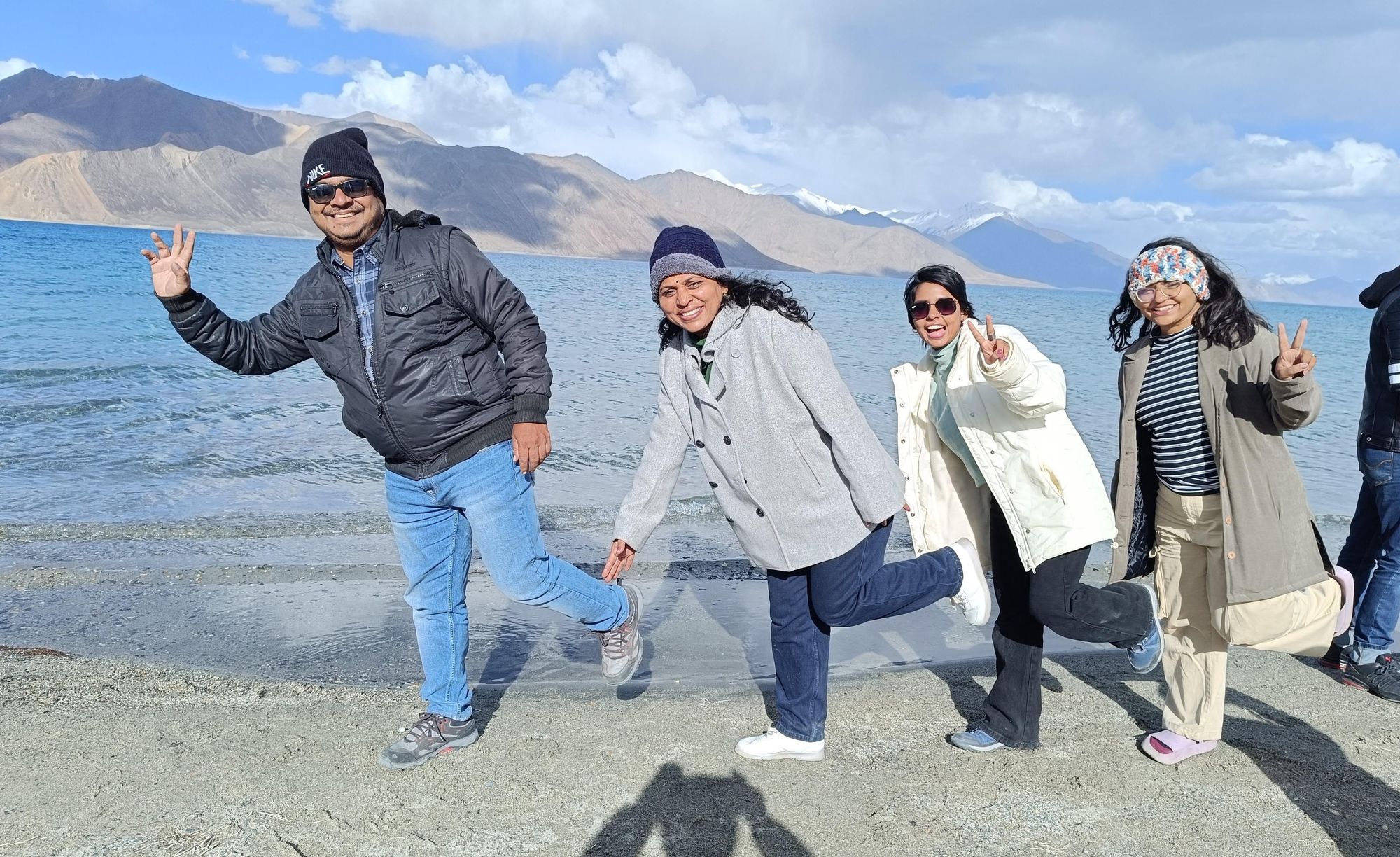
We sat down to eat in the home of our gracious host- a local from Stok Village who accompanied us on our walking tour of the village.
We found the house very interesting, completely different from our imagination. Its structure, designs, and colours of windows and ceilings, all were different, and it somehow complemented the surrounding landscapes of vast and empty land flanked by lofty peaks.
All these thoughts vanished when we saw the whole platter of lunch approaching us from the kitchen. One thing that we found very warm was the involvement of all the members of the family in taking care of the guests. Some served chutneys, while some filled up our bowls with Thukpa and Skyu. There were three varieties of momos made for us, along with which there were many Khambir breads as well as a big bowl of Chutagi.
For us, this was perhaps the best way to wrap up this adventurous trip- with a nice traditional lunch in a Ladakhi village.
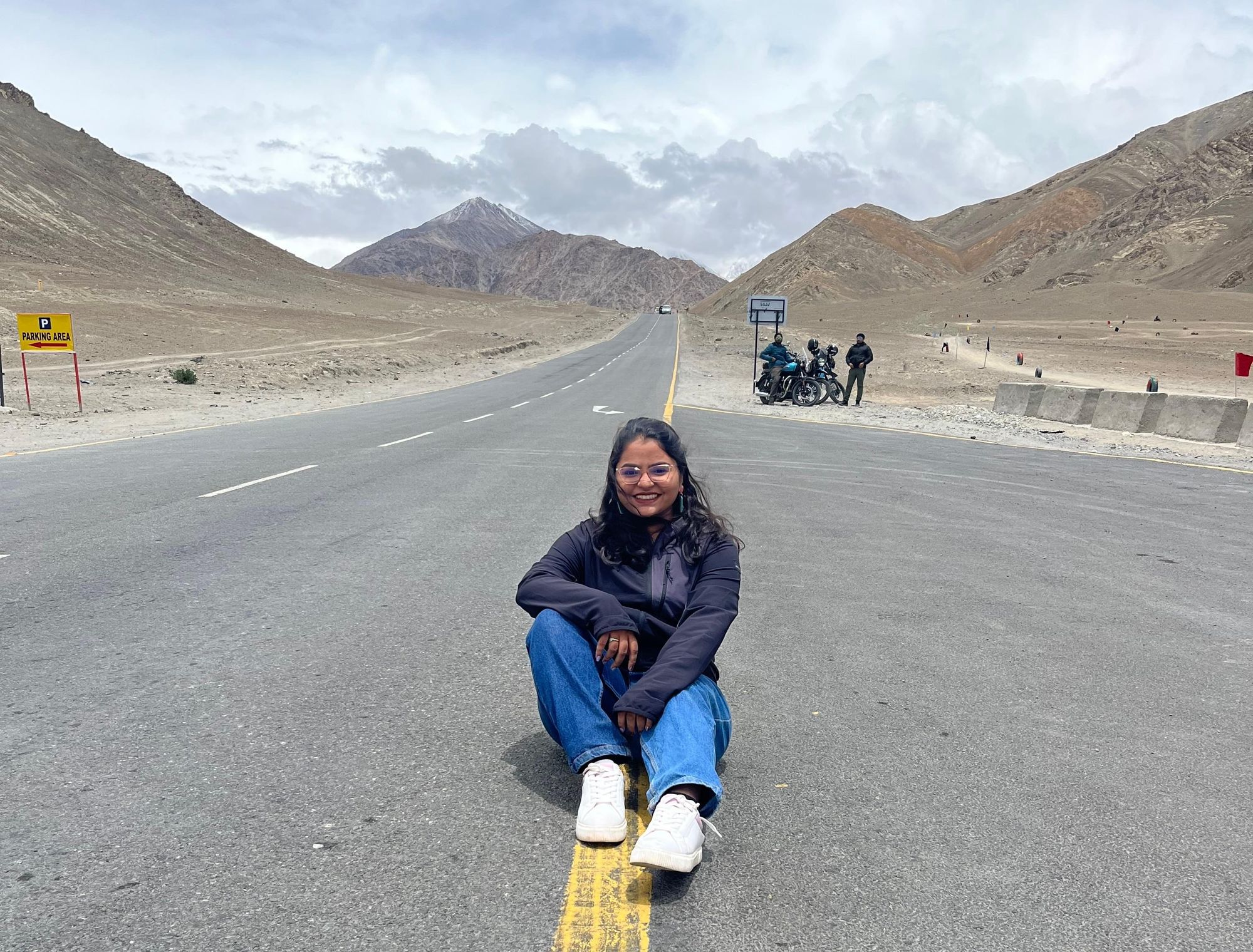
To take you back to the start
We are a family of 4, two daughters with parents, and we love to travel. This year, we decided to head out to Ladakh as god knows for how many more years it will still be open to tourism, thanks to global warming and pollution.
On this trip, we realised that this sense of responsibility is actually powered by our own convenience. And where convenience gets sacrificed, travellers tend to not care about the environment at all.
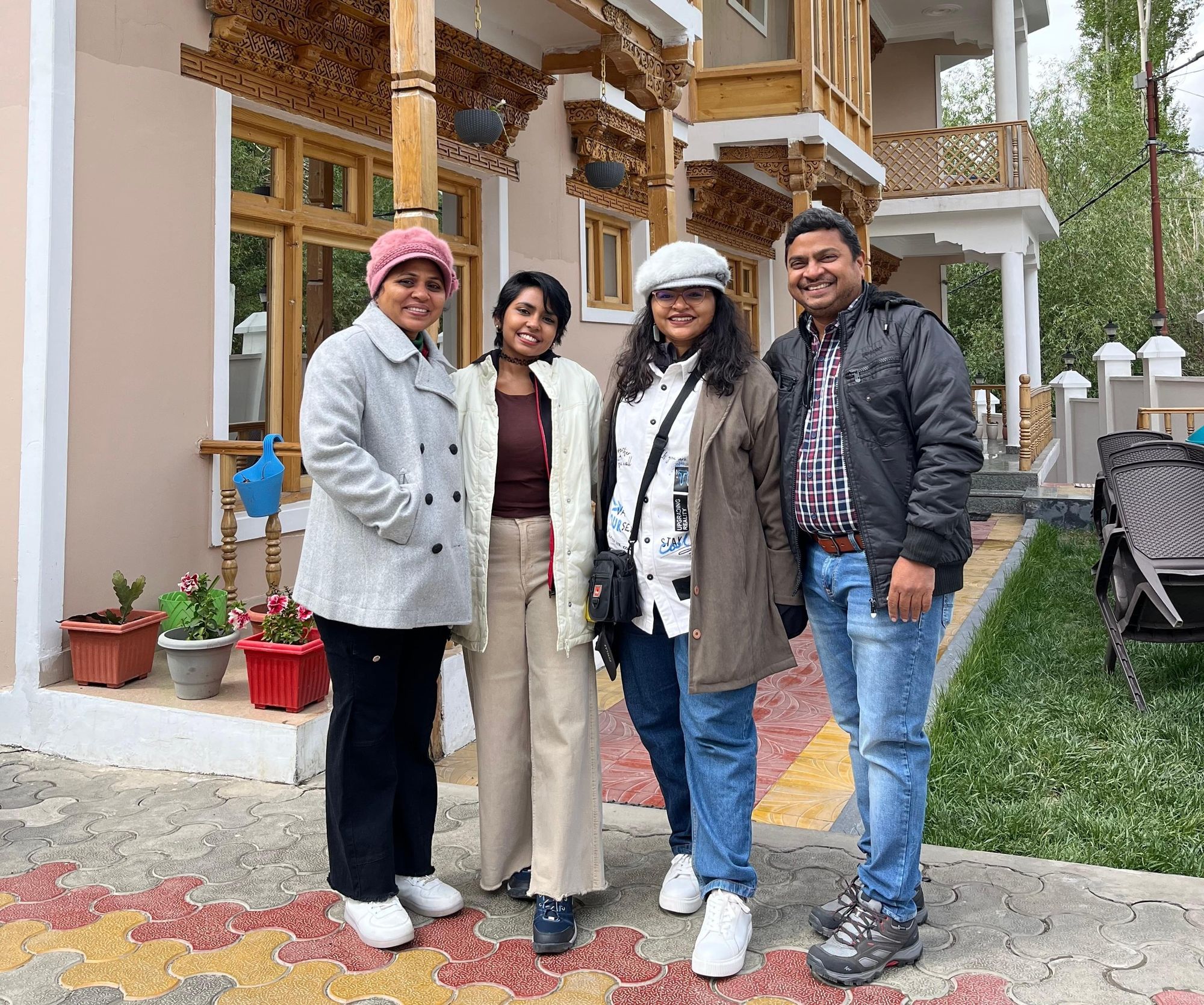
When we were on our way from Leh to Nubra, we found stretches of land without trees and water bodies, which sparked a thought amongst us- how do they live? How do they survive? It must be difficult!
To which, our driver and guide replied, “Yes, it is very difficult. If only all travellers could understand our plight.”
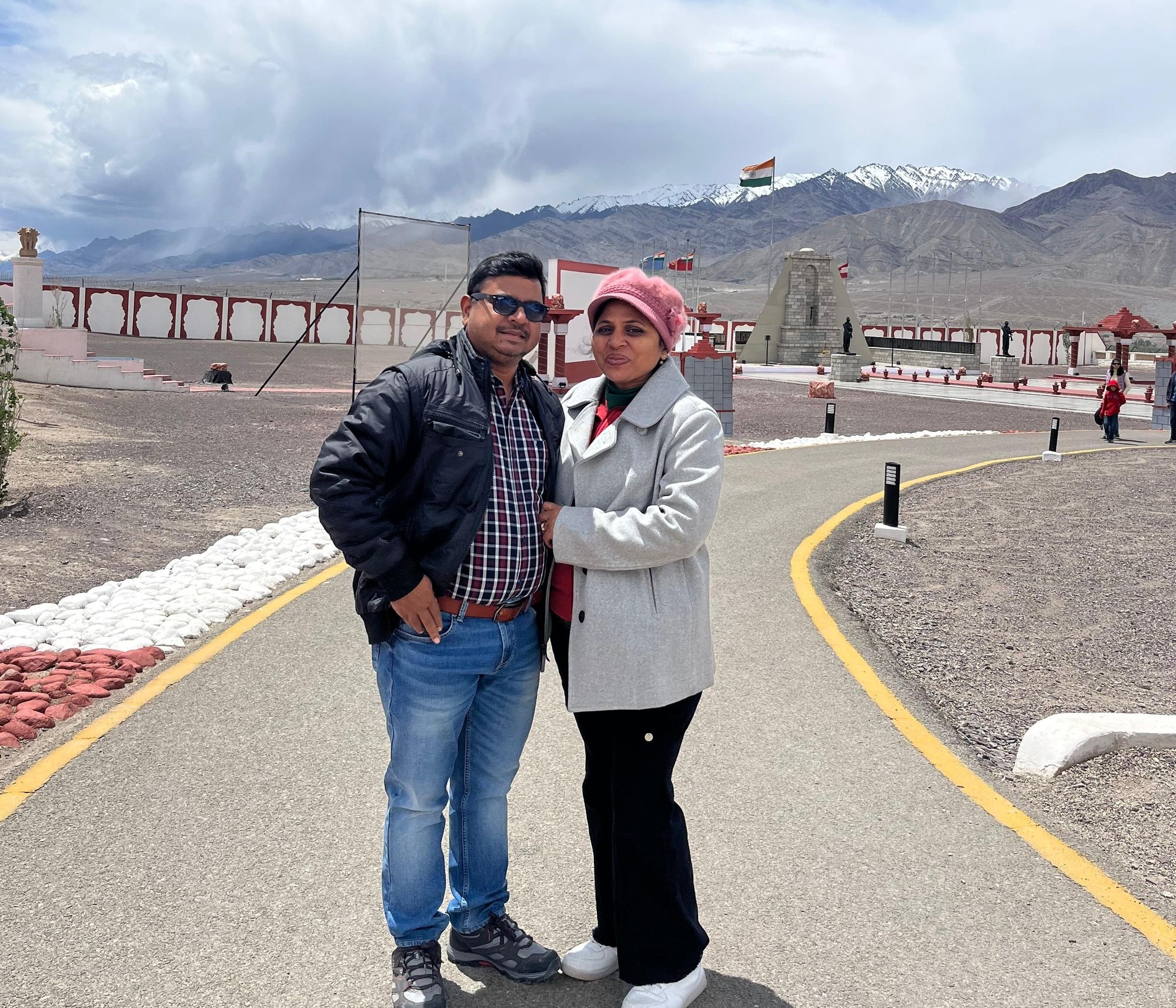
Tourism has been a boon as well as a bane to the people of Ladakh. It helps people sustain their livelihood, but it also poses a threat to their homeland. Since the ecology of the region is very fragile, even the slightest change in the climatic conditions or the natural setting can bring about a huge difference- both, negatively and positively.
Here are the happy customers of Thrillophilia: Checkout Thrillophilia reviews
Anyway, the lesson learned from this experience was that we need to be responsible as tourists and uphold responsible tourism in future as well because it is not just Ladakh, it is the entire world. And any kind of change, start right from your own home.
So, our family of four devised a plan- we would not use plastic on this entire trip, and we would save water.
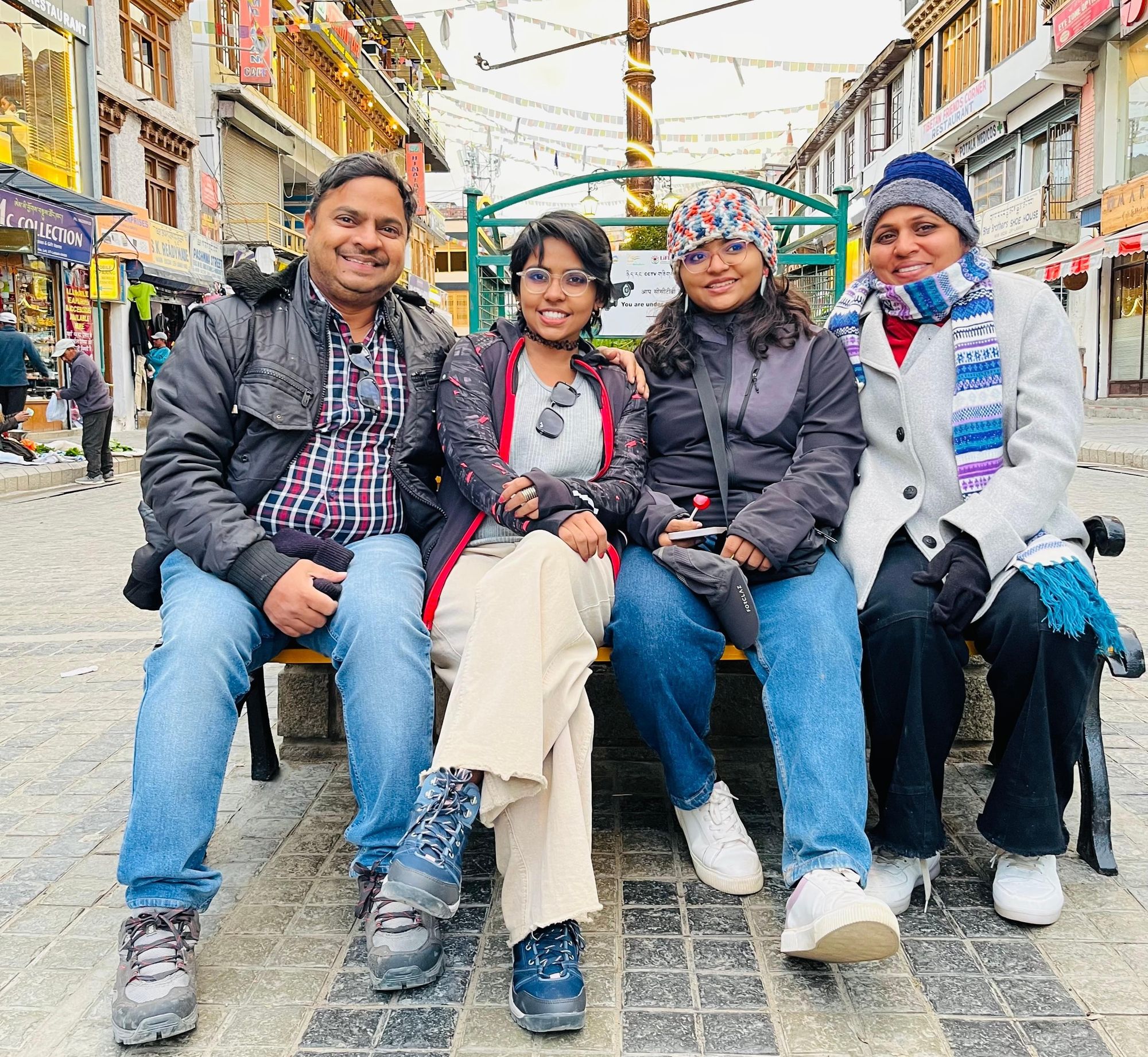
Hence, Began our Eco-friendly Adventure
The first sacrifice we made to keep our promise was skipping the scooter ride in Pangong. Instead, we used our feet to explore the entire area and even strolled along the banks of the Shyok River.
We explored the entire area, talking about the changing colours of the lake and figuring out how the physics behind it worked. The Shyok River also made its presence felt by adding to the scenic views of the entire area. Then we discussed the Indo-China conflict over the lake, and our guide intervened quite masterfully in this conversation, giving us local insights about the doings of both countries.
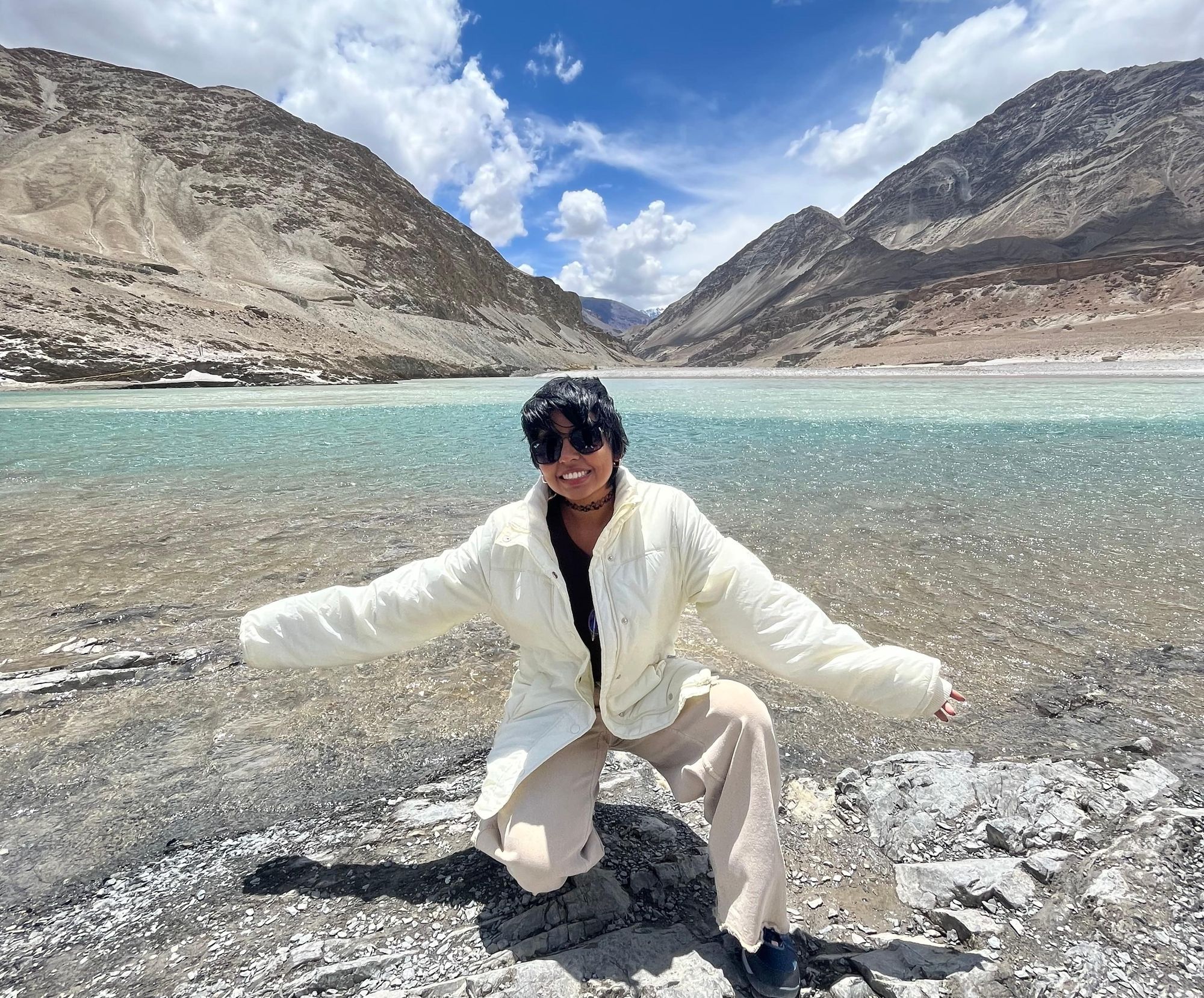
Rewinding back to the cold desert of Nubra, we took the camel safari through the dunes, before heading to the campstay for the bonfire.
We had a long day and the bonfire really helped us relax.
The entire day was spent travelling, crossing Khardung La ( one of the world’s highest all-season motorable roads), taking tea breaks and savouring some big fat bowls of Wai Wai in the world’s highest cafe- the Rinchen Cafe.
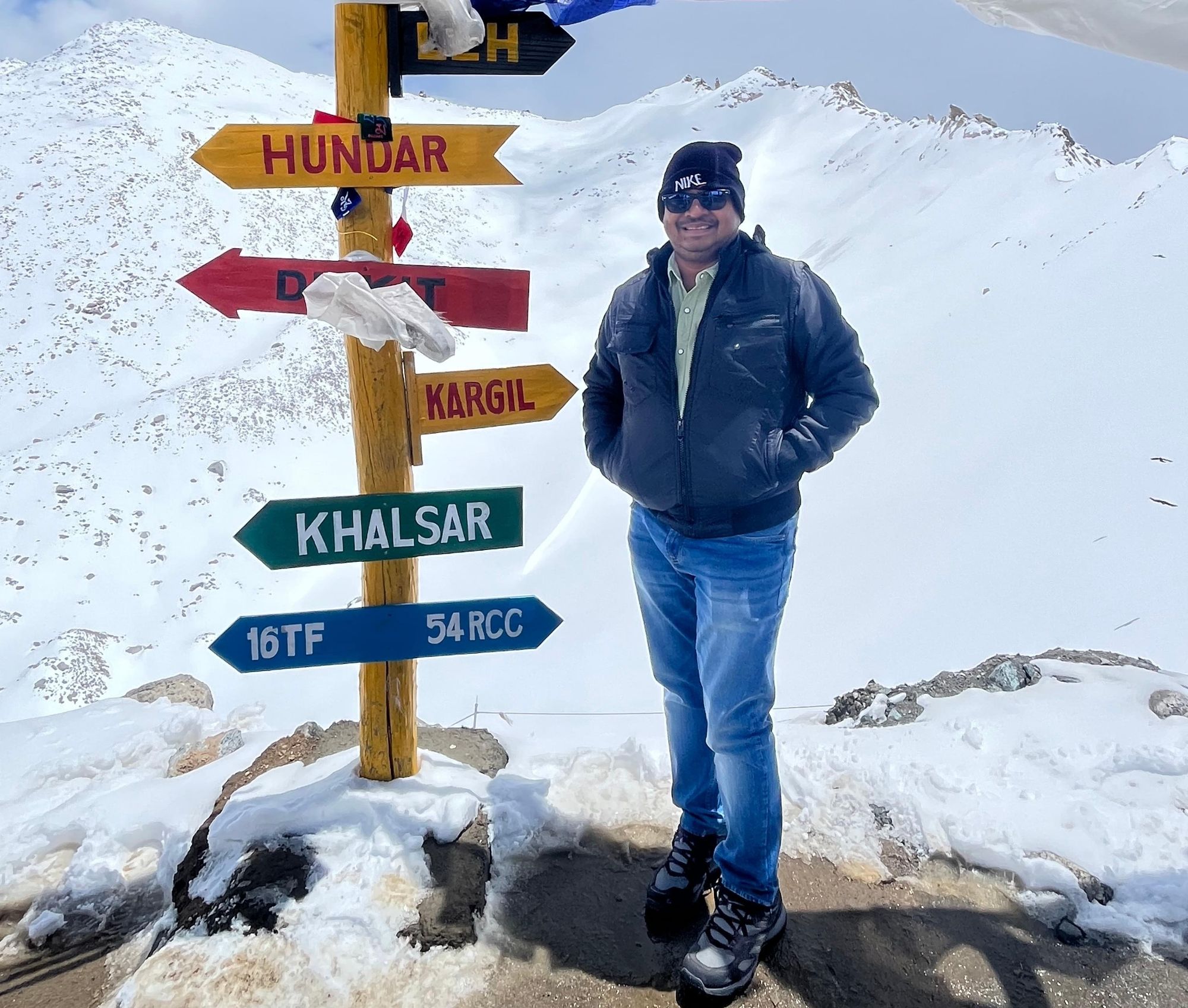
We also toured the Diskit monastery, which is the oldest and largest monastery in Nubra Valley, significant with a huge statue of Maitreyi Buddha embellishing its splendour. All in all, it was a hectic day, which ended in the best possible way.
An Ode to Ladakh
The next hectic journey was making our way back from Pangong to Leh, crossing Chang La pass, the Druk Padma School, and the famous Thiksey Monastery- the most beautiful monastery of Ladkah perched on a hilltop like a honeycomb structure.
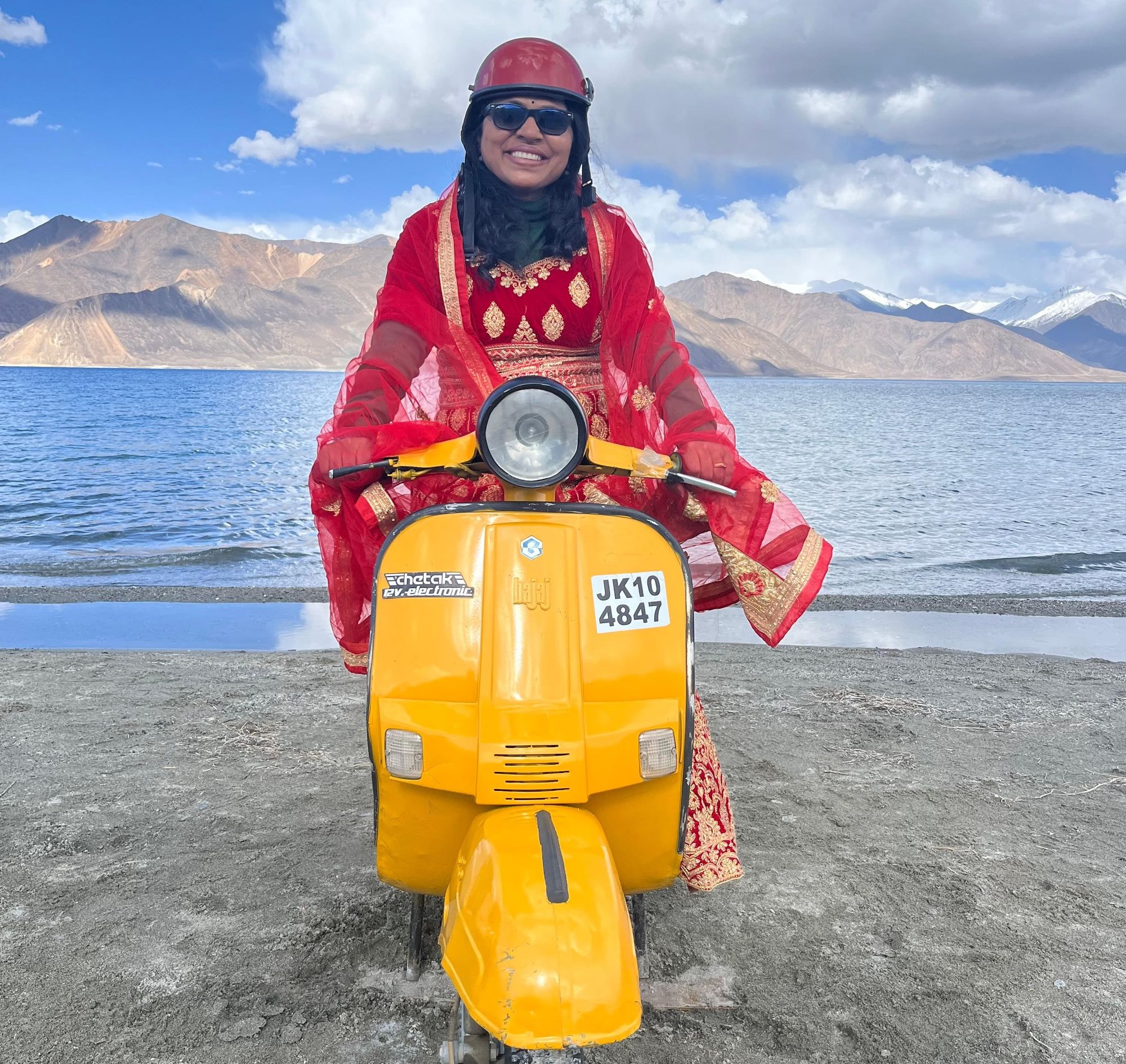
We were in awe, soaking in the sight of this majestic monastery and then entering its halls to find yards of age-old thangkas hung on the walls. Not just that, the statues, the colours, and the overall setting of the place with windchimes, Mani wheels, and prayer flags.
Another day worth mentioning would be the one where we went to the Shyam Valley, covering the intriguing Magnetic Hill and the Gurudwara Pathar Sahib. The confluence of Zanskar and Indus was also something wonderful to witness.
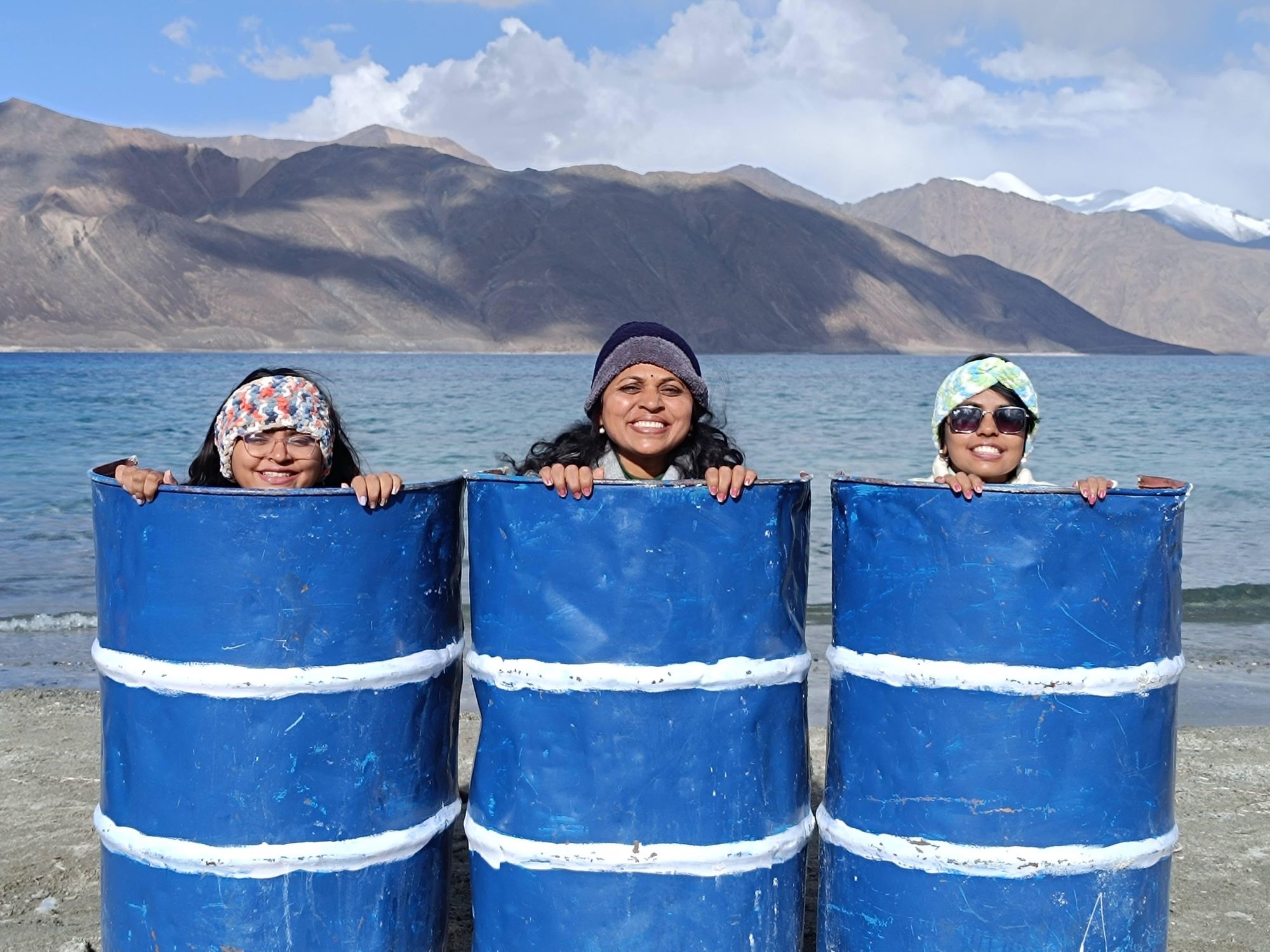
The whole journey was nothing short of blissful and enriching. We not only got to learn about Ladkahi culture and traditions but also about their lifestyle. Apart from that, the natural vistas that we encountered were no less than paradisiacal. The contrast of the snow-covered mountains with that of the moonscapes of the place was truly incredible.
The lessons we learn about the environment are sure to last with us lifelong, and we all hope that we can practise what we preach, motivating and educating our own people to do the same. As mentioned before, the change has to start at home!
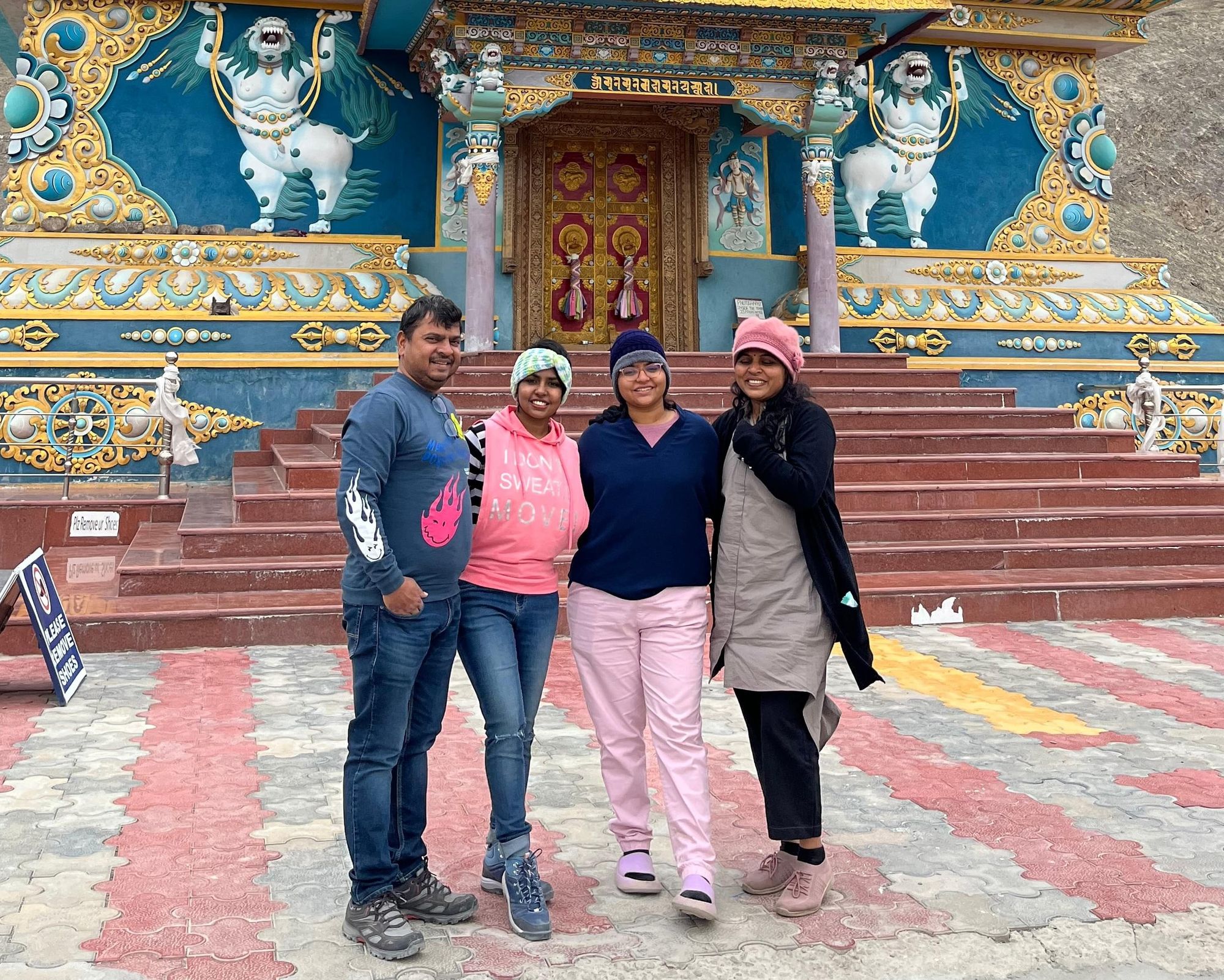
Finally, the trip would not have been this smooth and convenient if not for the relentless efforts of Thrillophilia. From making calls at 11 pm to receiving them at 6 AM, their team has come a long way to stand up to their deliverables.
They have earned all 5 stars from our end!
Read More: Thrillophilia Ladakh Sightseeing Reviews